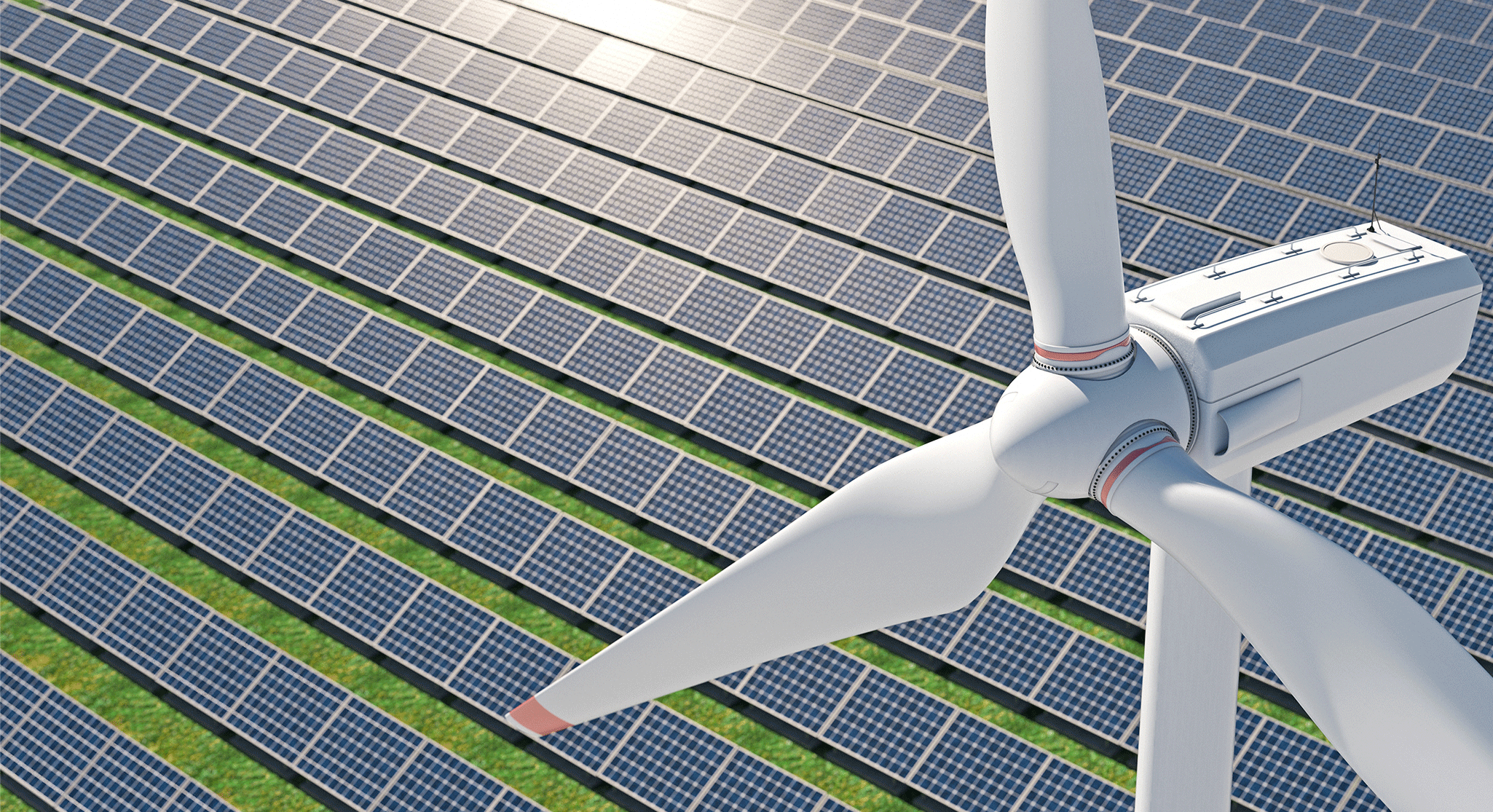Renewable energy trading: How operations must accommodate increased supply intermittency
The increasing adoption of intermittent renewable energy sources like wind and solar is causing a shift in the electricity supply market, with coal and nuclear power losing market share. This shift is leading to a decline in energy prices in the long term, driven by pricing dynamics in wholesale power markets. However, firms with long positions in regions becoming more reliant on renewable energy face the risk of declining portfolio value and increasing volatility. This may compel them to adapt both their asset strategies and trading operations.
Effects of increased renewable energy on wholesale power markets
Wind and solar energy, are renewable sources of electricity that differ from traditional fossil fuel-based sources in two fundamental ways:
- Variable operating costs: Wind and solar energy have virtually zero variable operating costs associated with generating an additional kilowatt-hour of energy. There are no fuel costs, and incremental maintenance costs are minimal.
- Intermittency: The output of wind and solar energy is intermittent, depending entirely upon the quantity and quality of the solar or wind resource at any moment in time. While that resource is predictable in the immediate future (that is, a few minutes in advance), and is fairly predictable on average across large and diversified sample sizes, electricity generation from wind and solar is not deterministic.
The increasing adoption of renewable energy sources is leading to a shift in the electricity supply market, with coal and nuclear power losing market share. Wholesale power markets, where renewable energy is making significant penetration, are behaving very differently than in the past. Because of large quantities of near-zero variable-cost renewable supplies at many hours of the day, energy prices have been falling in many markets worldwide. Indeed, according to a profile of the German wholesale power markets, as discussed on Clean Energy Wire, energy prices become frequently negative (below zero), especially with the higher share of intermittent energy, which leads to renewals generating in excess of what the grid can easily absorb.
On the other hand, when renewable energy supplies don’t “show up” as expected due to unforeseen weather, then real-time energy markets can struggle to clear. If this occurs at peak demand moments, such as a severe cold snap during winter, or a heat wave during summer, energy prices can spike to extreme levels. These effects can be especially pronounced in localized power markets that are subject to transmission constraints, which often cannot be solved easily by investments to expand inter-regional transfer capability.
Where they have historically existed, transmission constraints are likely to occur more frequently and new constraints are likely to emerge (as large swaths of renewable energy are added in locations with favorable resources and fossil plants retire in the face of the corresponding declines in energy prices). As transmission constraints become binding more often, in which surpluses of renewable energy cannot be exported or deficits of in-region generation cannot be alleviated by imports, deviations in power prices in neighboring markets will increase in frequency and magnitude.
Between lower average prices and higher peak prices, energy markets experience increased levels of volatility as the share of renewable energy supply increases. As a secondary consequence, the valuation of forward capacity markets becomes more uncertain, and (to the extent that they are market-based) ancillary services pricing will increase, because of the reduced certainty of how energy markets will balance at any moment in time.
Implications for power trading organizations
For those involved in trading bulk power, the changes wrought by the increasing penetration of renewables on wholesale markets are a mixed blessing.
On the positive side, as in any commodity market, greater pricing volatility intrinsically creates more opportunities for traders. For instance, as localized markets become more divergent with increasing frequency of transmission constraints, widening basis differentials will create many new arbitrage opportunities and corresponding trades to execute.
But, naturally, any increase in potential rewards is correlated with greater risk exposure. And, in the case of wholesale energy markets with substantial renewable energy penetration, the risks are highly nonlinear and more difficult to translate to trading strategies, mark-to-market analyses, and value-at-risk calculations.
Moreover, because renewable energy assets are not dispatchable, they offer fewer degrees of optionality for traders to exploit. On the other hand, as dispatchable generation assets play a smaller role in the overall supply base, their intrinsic optionality will become increasingly valuable. Though they may be more complicated to capture, as these power plants are effectively forced into a shrinking number of critical roles by grid operators.
To cope with this greater degree of market complexity, trading operations will need to perform more frequent refreshes of their financial and physical analytics and accounting to incorporate more current information, implying tighter integration between trading desks and back-offices.
Renewable energy trading can be considered the next era of power trading. For those currently involved in power trading, it’s likely that upgrades in systems responsible for data collection, processing, and reporting will be required. Given how quickly renewable energy is increasing its share in power markets worldwide, this is not a trend where power traders can afford to lag behind, as any current capability gaps will only widen as time passes.

Diversifying into renewable energy: Challenges and opportunities
As an array of new operational requirements and risks emerges, you need the flexibility and agility to adapt your business processes. ComTech Advisory’s new whitepaper explains more.

